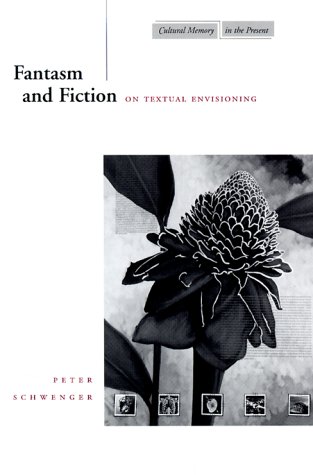
"Making a notable contribution to the increasing debate on visuality and literature, this book shows the results of wide-ranging research and thoughtful contemplation. It brings together a very diverse set of cultural artifacts, each of which from a unique angle demonstrates the primacy and autonomy of the image even when that image is constructed out of words."
—Christopher Collins, NYU
Mental image, dream, fantasy, hallucination — all these are comprised in the psychoanalytic concept of the fantasm. Perhaps only such a multifarious concept is adequate to the range of visual elements involved in the experience of reading fiction, or of writing it. Soon after the birth of the novel, doctors expressed concern that readers might be possessed by what they were reading, haunted by textual fantasms. Contemporary writers like John Gardner, Maurice Blanchot, and John Banville figure this possession as a kind of textual dreaming: fiction, like dream, draws from a fantasmal unconscious.
For the reader’s images to become conscious, however, they must be cued by a material text through framing strategies and evocative gaps. This book analyzes the complex relationship between the fantasmal experience and the material text, reading a wide range of works –such as Calvino’s If on a Winter’s Night a Traveller, Coleridge’s "Kubla Khan," Sorrentino’s Mulligan Stew, and Rimbaud’s "The Vowels"– that treat explicitly what is implicit in reading. In this richly suggestive study, the fantasm emerges as a crucial aspect not only of reading but of any kind of envisioning.